Why HR Needs Data-Driven Workforce Planning to Avoid Talent Shortfalls
Visier
JANUARY 7, 2016
One fascinating source of information that the BLS publishes is known as JOLTS , or Job Openings and Labor Turnover Survey. Companies recognized that without a plan for how to address their workforce needs, they put their entire company at risk of going out of business or being sold off. The Better Way to Do Workforce Planning.


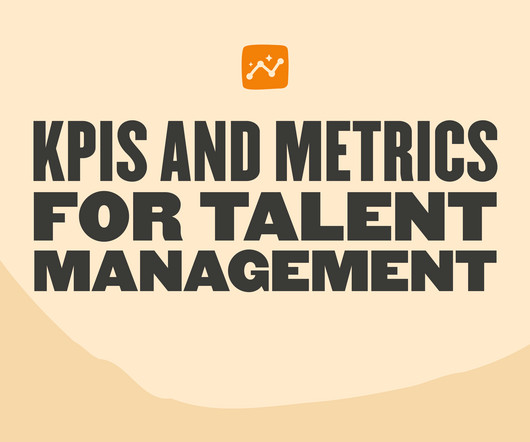
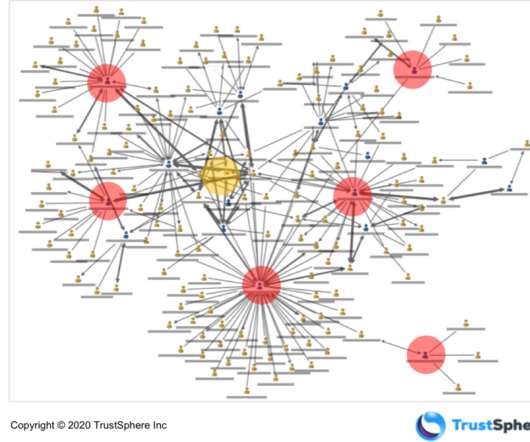

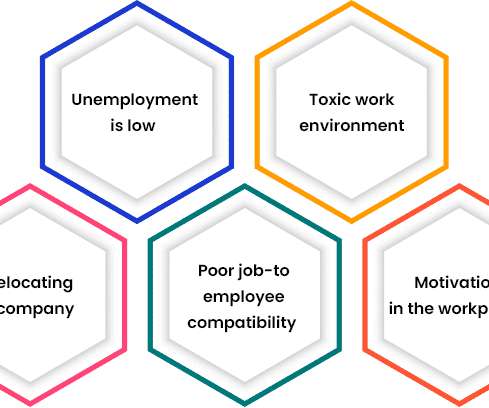





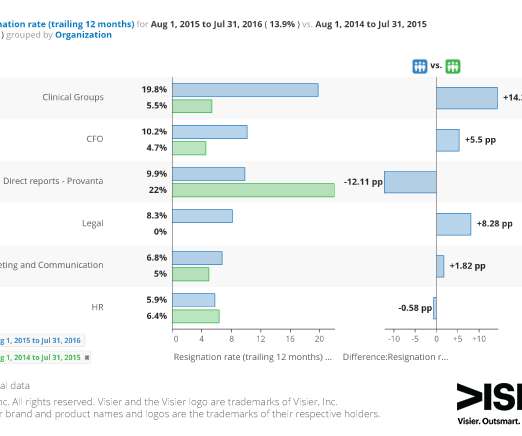


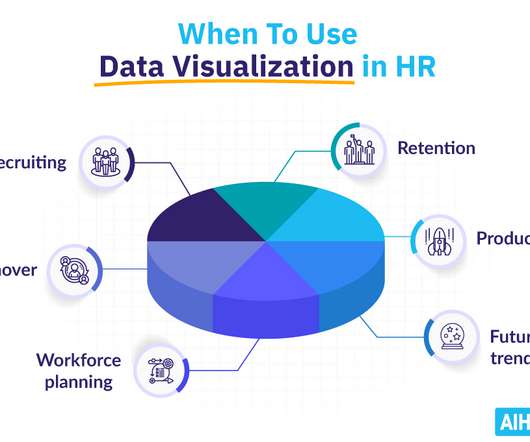


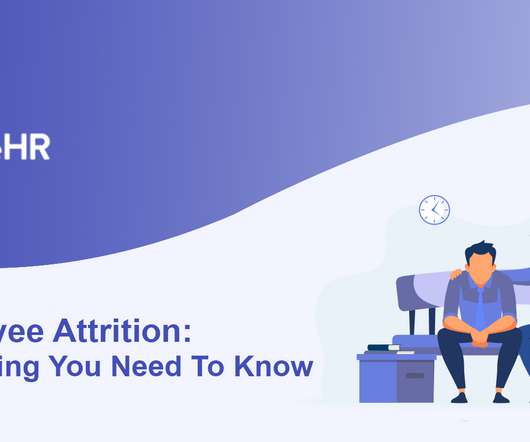
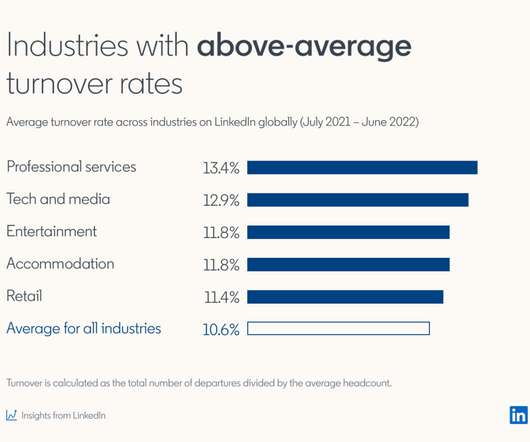
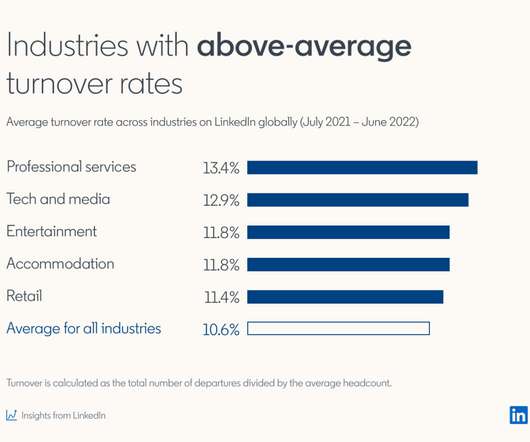










Let's personalize your content